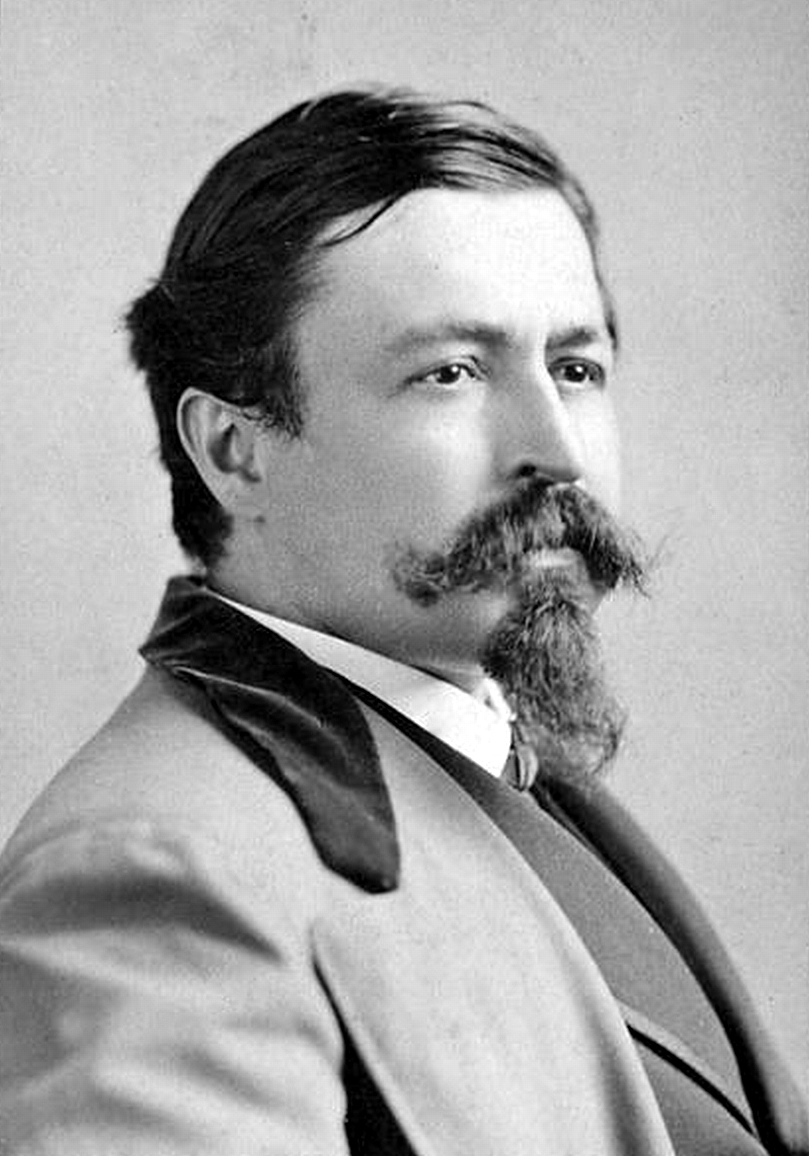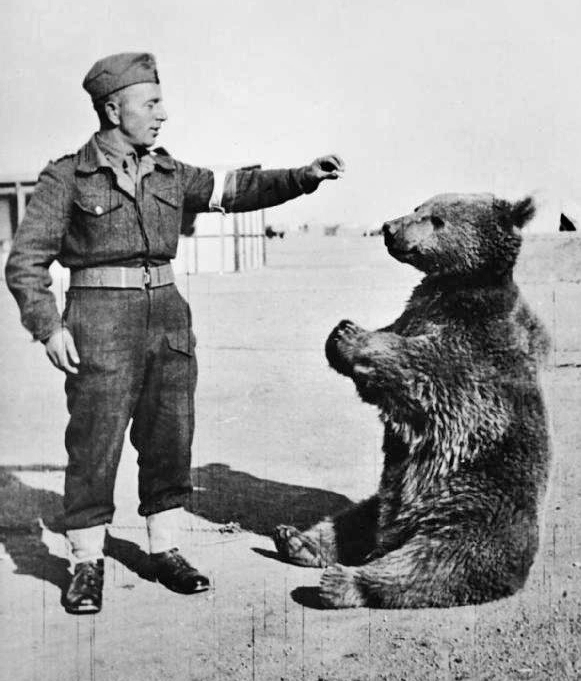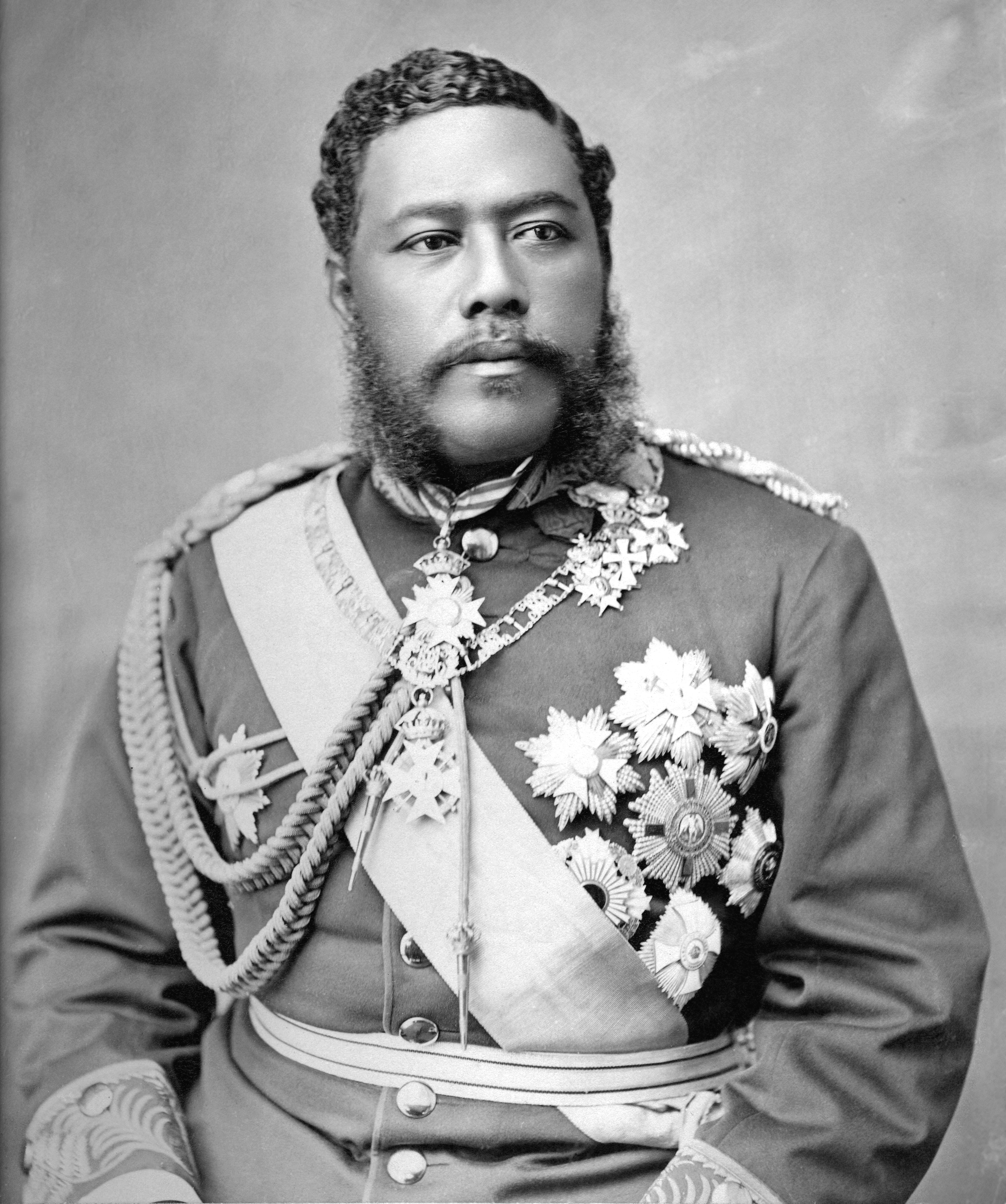Father Christmas, Santa Claus, Pere Noel, St Nicholas…he goes by many names…but who exactly is this mystical, mythical, legendary being, who flies around the world once a year, delivering chocolates and candies, toys and treasure, and…lumps of coal…to good boys and girls of all ages?
Who, or what is Santa Claus? Where does he come from? And where did he get the name “Santa Claus”, anyway?
Well, get yourself some milk and cookies, because we’re about to find out.
A Visit from St. Nicholas
The origins of Santa Claus go back centuries! In fact, the origins of Santa go back nearly 2,000 years!
Weren’t expecting that, were you?
Nicholas of Myra was a Christian bishop who lived in what is today – Turkey – between the years 270 – 343A.D. After his death, he was canonised as a saint, and became known as St. Nicholas of Myra. His patronages included pawnbrokers, fishermen, repentant thieves, pharmacists, single people, and…children!
The most famous story about St. Nicholas involves an old man who had three daughters who were about to be married. Not having any money for their dowries, he prayed for deliverance, and St. Nicholas threw three sacks of gold down the chimney of the man’s house, which landed in the stockings which his daughters had hung by the fire to dry that evening.
This is the origin of hanging out Christmas stockings.
It’s also the origin of the three balls of gold, which is the traditional symbol of pawnbrokers.
As the patron saint of children, it became the tradition for people to commemorate St Nicholas on the anniversary of his passing: the 6th of December, 343A.D.
Religious observances of St Nicholas eventually blended with the Christian rebranding of ancient Pagan year-end customs, celebrating the birth of Jesus, and the two quickly became inseparable. This is what led to the traditional “12 Days of Christmas” (which, in case you’re wondering, starts on the 25th of December, and ends on the 5th of January).
For centuries, people celebrated St Nicholas as the patron saint of children every December, and it became the custom for people to dress up as St Nicholas, wearing traditional bishop’s robes and hats…which were red!
As the custom of observing St Nicholas’s Feast Day, as it became known, spread across Europe, elements to his lore were added. In the Netherlands, Saint Nicholas became “Sint Niklaas”, in the Dutch language, and he was believed to ride around across the rooftops every December, dispensing sweets and presents to all the good boys and girls, with the aid of his magical flying horse, and his assistant!
Yep – Santa’s first little elf was a blackface boy named “Zwarte Piet” (“Black Peter”). Originally an African slave-boy, his image was later gentrified to be a child chimney-sweep (his blackness the result of all the soot and ash), who sat on the chimney-stacks around the Netherlands, eavesdropping on children throughout the year. At the end of the year, Zwarte Piet wrote up a report for Sint Niklaas, declaring which children had been naughty, and which ones had been nice, and had deserved treats for their good behaviour through the year.
Thus was born the custom of Santa Claus visiting houses, delivering treats, and having little helpers!
As this custom grew, the Dutch “Sint Niklaas” was corrupted into “Sint’er’klaas”…which eventually became “Santa Claus”.
Santa Claus is Coming to Town
Into the 17th and 18th centuries, the Dutch tradition of Sinterklaas and Zwarte Piet, their flying horse, and their pre-Amazon home-deliveries, continued to grow, and eventually spread across the world, reaching the United States.
At this time, St Nicholas, or his alter-ego, Santa Claus, had not yet been fully established. It was still the custom in Europe (and is still to this day, in some places) to depict St Nicholas in entirely religious garb, with long, flowing robes, religious headgear, and a bishop’s staff. It wasn’t until 1823 that the first description of Santa Claus as we might recognise him today, was made.
And I say ‘description’ because that’s exactly what it is – a literary description.
Down the chimney St. Nicholas came with a bound.
“A Visit from St Nicholas”, by Clement Clarke Moore. 1823.
He was dressed all in fur, from his head to his foot,
And his clothes were all tarnished with ashes and soot;
A bundle of Toys he had flung on his back,
And he looked like a pedler just opening his pack.
His eyes—how they twinkled! his dimples how merry!
His cheeks were like roses, his nose like a cherry!
His droll little mouth was drawn up like a bow
And the beard of his chin was as white as the snow;
The stump of a pipe he held tight in his teeth,
And the smoke it encircled his head like a wreath;
He had a broad face and a little round belly,
That shook when he laughed, like a bowlful of jelly.
He was chubby and plump, a right jolly old elf,
And I laughed when I saw him, in spite of myself;
A wink of his eye and a twist of his head,
Soon gave me to know I had nothing to dread
That’s an excerpt from the famous poem “A Visit from St Nicholas”, written in 1823, better known as “The Night before Christmas”.
This was the first literary text to give us much of what we recognise today as being standard Santa lore – the fact that he flies through the sky on a sleigh, that this sleigh is pulled by eight reindeer – Dasher, Dancer, Prancer, Vixen, Comet, Cupid, Donner, and Blitzen – that he only delivers toys to good boys and girls when they are ASLEEP, and that he wears a fur-lined suit against the sharp winter cold.
But most importantly – this is the first literary description of Santa as a person – a short, cheery little toymaker with a big, white bushy beard and a fat, round belly that wobbles when he laughs.

Before this time, Santa was still depicted as a stern, religious figure. Moore’s description of Santa in his poem made him appear to be a more genial, cheerful, personable fellow, much more like a patron saint of good boys and girls should be. Moore’s poem became massively popular, and it wasn’t until 1832 that Moore even admitted to writing it! Today, there are four original handwritten copies of ‘A Visit from St Nicholas’, all penned by Moore himself.
I Saw Mommy Kissing Santa Claus
By the mid-1800s, the modern image of Santa Claus was breaking further and further away from his original religious roots in the 3rd century, but right up until the time of the American Civil War in the 1860s, there was still no generally-agreed-upon “look” for Santa. Exactly what he was and what he could look like was still largely up to individual taste and preference, and where and how you grew up, and what version of Santa you were taught about as a child.
This all changed in the 1870s.
It was in the late 1860s and through the 1870s, 80s, 90s and the early 1900s, that one man would change our entire perception of what, and how, Santa Claus was, and would look like – forever.
And that man was a German-American immigrant named Thomas Nast:

Born in Germany in 1840, Thomas Nast attained great fame in the United States starting in the 1860s, and which lasted until his death in 1902. His celebrity came from his skills as a cartoonist and caricaturist, and his artworks were published in many newspapers and magazines throughout the United States. In the 1870s, Nast started drawing images of Santa Claus for Christmas issues of the various magazines and newspapers which published his works. It was during this time – possibly inspired by Clement Clarke Moore’s famous poem – that Nast started drawing Santa as described in the famous literary work.

Nast’s cartoon: “Jolly old Santa Claus“, from 1881, is just one of several cartoons that he drew between the early 1870s up until the late 1890s, depicting Santa as we would know him today: A fat old toymaker with a red, fur-lined suit, white beard, red cap, and a large belt!

While Nast was certainly not the first person to try and draw a depiction of Santa Claus or St Nicholas, Nast is the first person to draw Santa as he is imagined in the modern world. Our popular image of Santa is, in many ways – Nast’s Santa, and without him, the image of a plump, cheery old man with a white beard in a red suit, would likely not exist…because apart from anything else…Santa used to be depicted wearing a suit of green!
Coca-Cola and Santa Claus
In the 1920s, the Coca Cola Company started an aggressive advertising campaign featuring Santa Claus drinking its iconic beverage, with the red label on Coca-Cola bottles matching the red dye in Santa’s famous suit. This led to the often-touted, but false belief that Santa’s red suit is because of his association with Coke!
Right?

Wrong.
As mentioned earlier, Santa wearing a red suit with a belt and hat and boots goes all the way back to Thomas Nast in the 1870s. Coca Cola may have refined the image to more of what we’d think of today as being Santa Claus, but it certainly didn’t originate the idea of Santa in his red suit. Regardless, the association between Santa Claus and Coca-Cola continues to this day.
Rudolph the Red-Nosed Reindeer!
…is not one of the original reindeer!
Don’t believe me? Read the Clement Clarke Moore poem from 1823 again. The literary work that gave birth to so much of our Santa Claus lore makes no mention of him.
In the poem, Santa has eight reindeer: Dasher, Dancer, Prancer, Vixen, Comet, Cupid, Donner, and Blitzen!
But no Rudolph.
Why not?
Because Rudolph wasn’t added until nearly 100 years later, in 1939! He was born in the pages of a children’s colouring storybook written by author Robert L. May for the Montgomery Ward department store in Chicago. May recounted how he used his daughter, Barbara May, as the guinea-pig for his new story, testing out names and rhymes on her, to see which ones she liked the most. May tried several different names, from Rollo to Reginald, to Rupert!…but Rudolph won out.
May got the idea for Rudolph having a glow-in-the-dark nose after seeing a heavy fog rolling across Lake Michigan, which inspired the whole thing about “one foggy Christmas Eve”, and the rest, as they say, is history!
Santa Claus Today
Santa Claus continues to morph and change into the 21st century, even if his basic outfit of red, black and white hasn’t changed since the mid-1800s. It’s now customary for kids to leave out milk, cookies and carrots for Santa and his reindeer at Christmas (or, if one meme is to be believed, pizza, and a pint of beer). Either way, Santa is here to stay. And remember kids – if anybody ever tells you that Santa isn’t real – remember that he was born nearly 2,000 years ago in Turkey. So yes – Santa really was a real person.
Want to Know More?
Here’s a few sources I used to get my facts straight…
https://www.theguardian.com/lifeandstyle/2016/dec/21/coca-cola-didnt-invent-santa-the-10-biggest-christmas-myths-debunked
https://poets.org/poem/visit-st-nicholas























